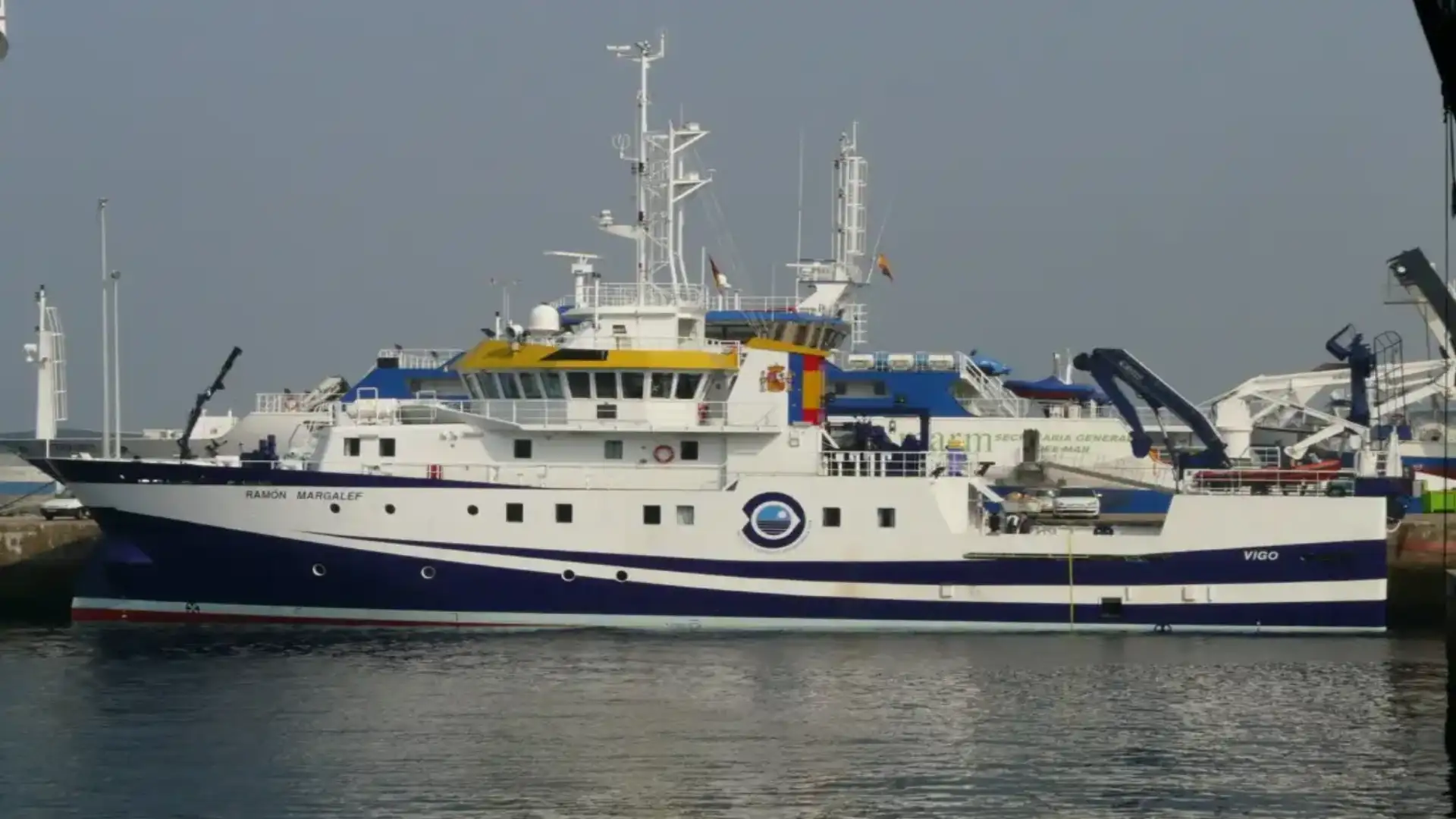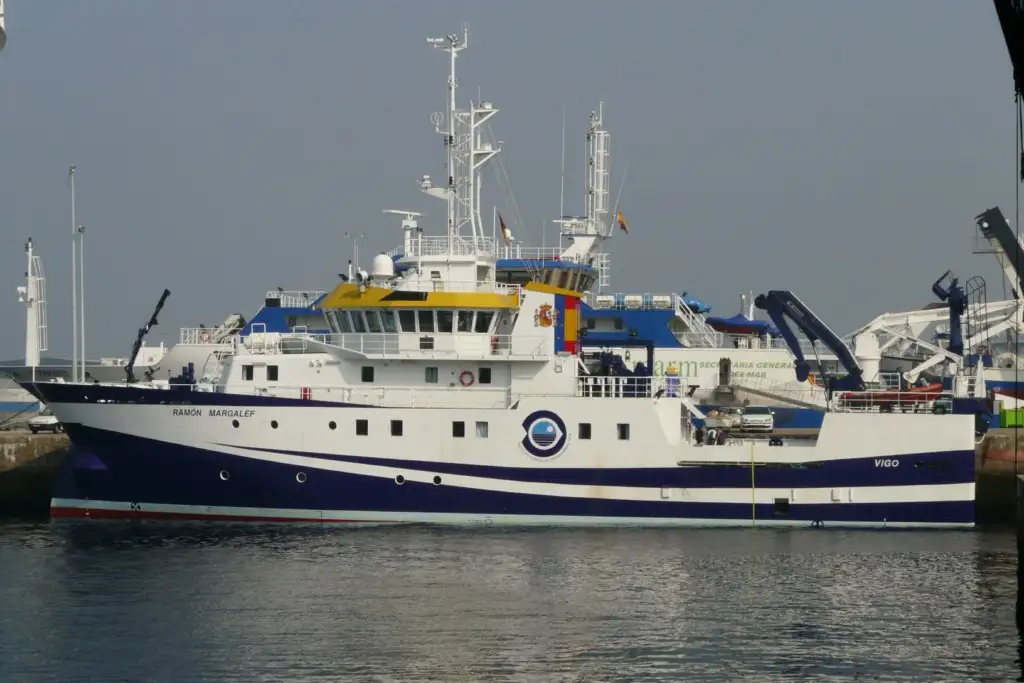
The IEO sent an unmanned submarine to the Iron to examine the craters of the "Tagoro"
The IEO sent an unmanned submarine to the Iron to examine the craters of the "Tagoro"

The Vulcana campaign 0417-ROV has been held on board the "Ramón Margalef" (Photo blog by Juan Carlos Díaz Lorenzo)
Scientists from the Spanish Institute of Oceanography and the University of Las Palmas de Gran Canaria carried out, on board the ship Ramón Margalef, a new oceanographic campaign within the framework of the VULCANA (Undersea Canary Vulcanology) project, which has continued the physical-chemical, biological and geological monitoring carried out since the eruption of Tagoro in October 2011 and which on this occasion has included the filming and collection of samples of the main craters with the underwater robot ROV Liropus 2000. The Vulcana 417-ROV campaign, which took place from 3 to 10 April on board the oceanographic ship Ramón Margalef, has had the main objective of filming the main and secondary craters of the Tagoro volcano, which today continue active and emitting gas and heat. In addition to taking images, the ROV Liropus 2000 has also allowed to take samples and measure physical-chemical, biological and geological parameters very close to the emission points. During the campaign, a series of instruments that were anchored in October 2016 inside the main crater will be recovered with the help of the ROV. These instruments, geophones, hydrophones, temperature sensors, salinity, pressure, pH and oxidation- reduction, will provide valuable information on the activity of craters and how they emit hydrothermal fluids to the marine environment. In addition, it is the first time that acoustic records from the volcano will be collected that will serve, among other things, to investigate whether their sounds may or may not act as a claim to marine species of the area.
The main objective of the VULCANA project, which is part of this campaign, is to assess the degree of damage and recovery over the marine ecosystem of the underwater volcano of the island of El Hierro, extending it to any other region of the archipelago that is sensitive to underwater volcanic activity. To this end, the physical, chemical, biological and geological properties of the underwater eruptive process of the island of El Hierro and other sensitive points are being monitored, thus giving continuity to the first and only series of multidisciplinary data of a monogénetic underwater volcano in Spanish waters.
© 2024 Nautica Digital Europe - www.nauticadigital.eu











